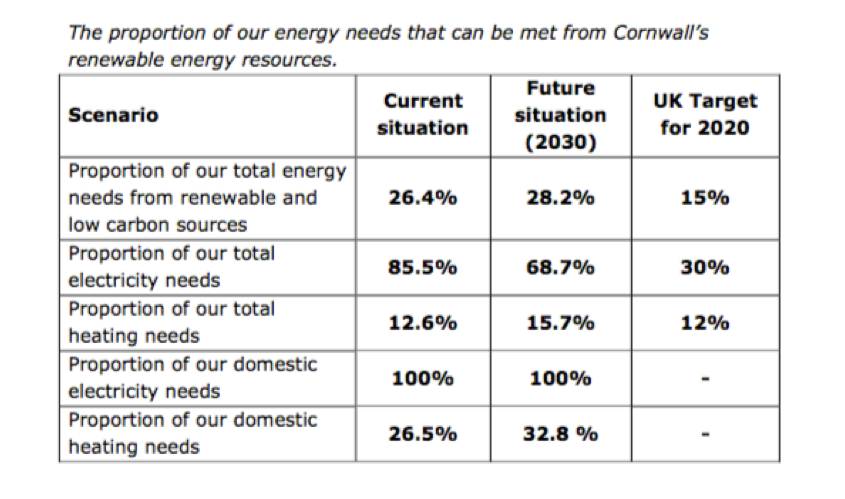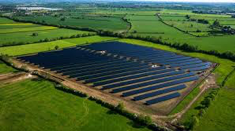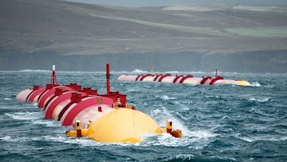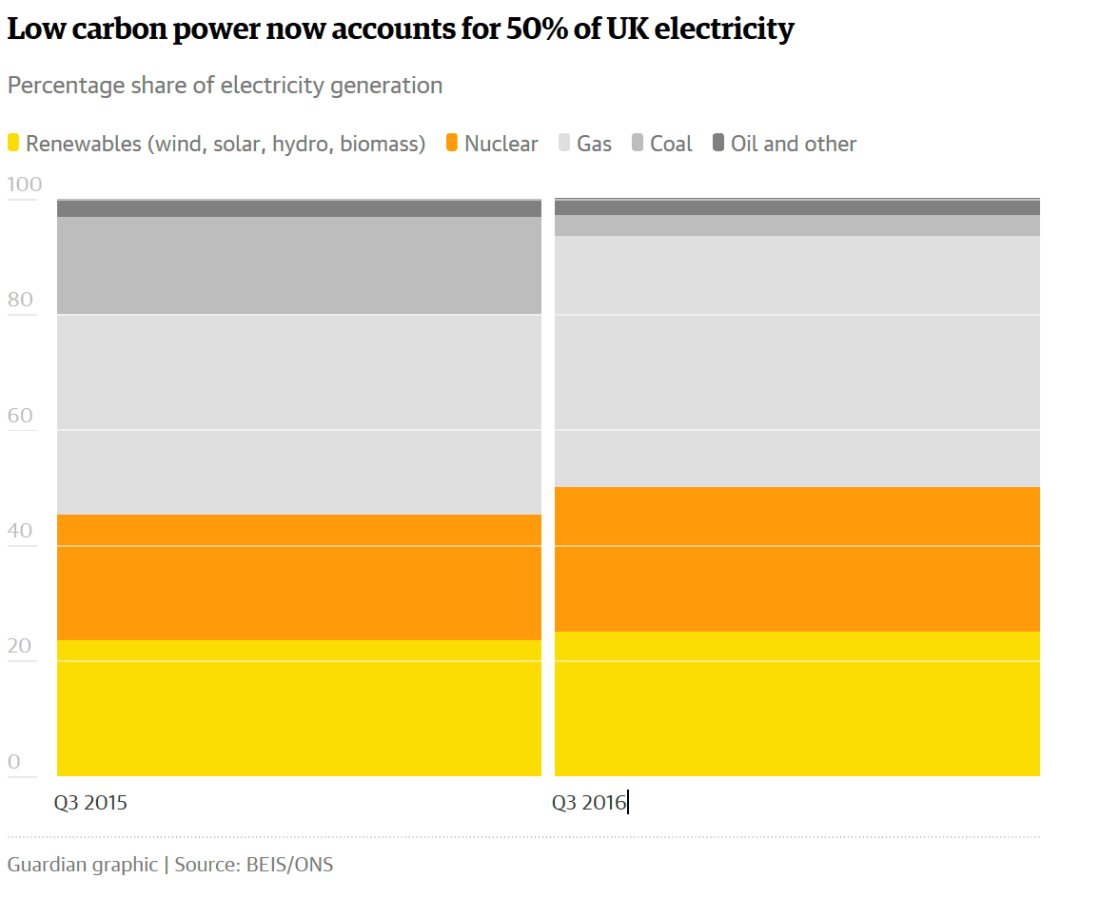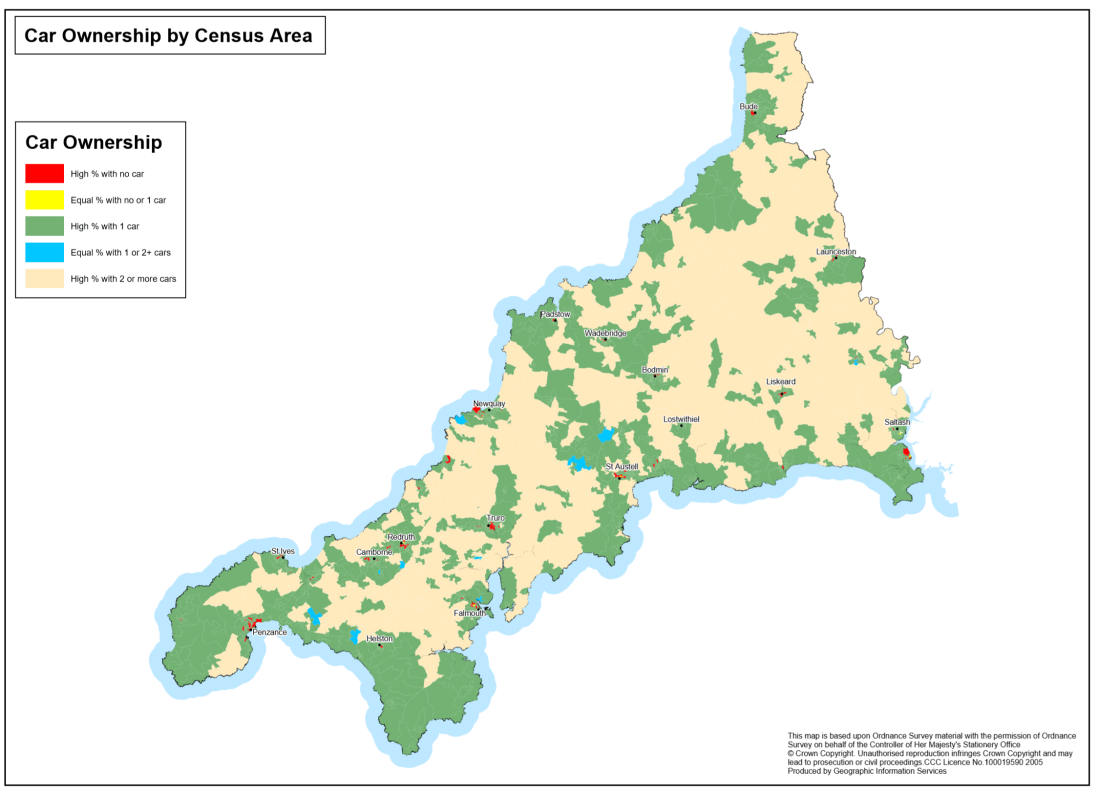Power of projections
Climate change projections to assess coastal defence requirements:
Cornwall is famous for its dramatic coastline and captivating coastal towns that provide services to local people and tourists. Tourism in Cornwall is worth 25% of the economy. Its coastline must be protected effectively and the level of investment depends on climate model projections.
Climate change?
The 2014 IPCC report predicts European counties will experience increased economic losses from coastal flooding from increased storm activity and rising sea levels (by 2080 total sea level rise may exceed 1m and 2m cannot be excluded). These factors focus wave energy closer to the shore and cliff faces, triggering increased rates of erosion and storm surge events that will intensify the extent of coastal flooding.
Cornwall council understands the importance of climate change. Being a peninsular extending into the Atlantic Ocean which produces more consistent waves than any other ocean, Cornwall is vulnerable to climate impacts including erosion and flooding. Many different types of flood defence have been employed including seawalls, breakwaters and groynes.
Climate projections for Cornwall
- Sea-level rise of one metre (potentially up to two metres)
- Increased winter storm frequency
- Increased coastal flooding
- Increased temperatures
- Increased winter precipitation, particularly northern and western coastlines
- Increased coastal erosion rates and sediment distribution
Managing climate change
Based on the projections and importance of these models, Cornwall has setup the maritime strategy and Cornwall and Isles of Scilly Shoreline Management Plan (SMP2) to ensure successful coastline management. These plans detail management strategies to protect the Cornish coastline prioritising resource allocation, Figure 1.
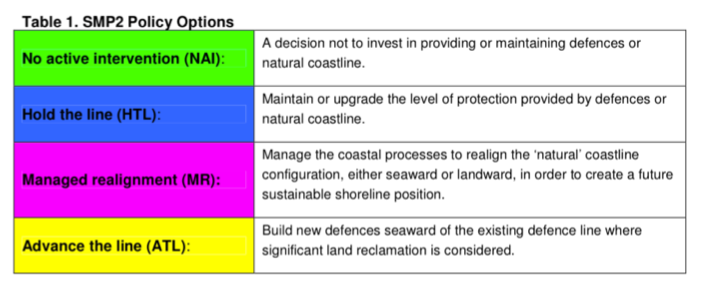 Figure 1: Policy Options
Figure 1: Policy Options
Each policy will be used on a case by case basis, figure 2 shows how they will be implemented around the Cornish coastline.
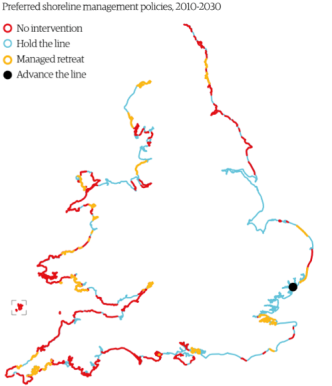
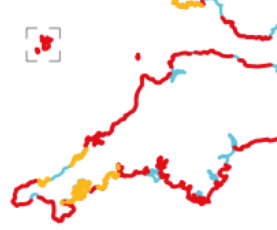
Figure 2: Shoreline management policies UK and Cornwall
Each vulnerable location around the Cornwall coastline has an assessment of the risks that apply. As a result of predicted climate change, these areas have individual plans based on the cost benefit analysis, figure 3.
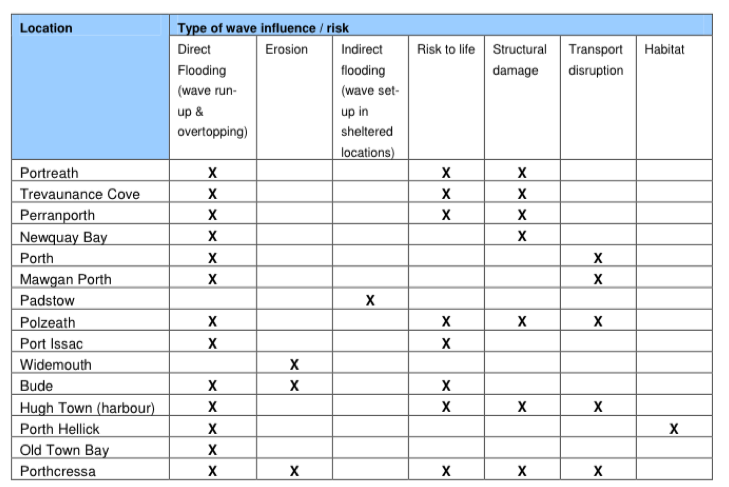
Figure 3: Location examples
Climate projections have enabled long term plans to be developed for Cornwall’s coastal defences reinforcing the need to understand climate change to minimise the impact on coastal communities. Cornwall’s coastline is highly vulnerable to erosion and flooding and must be preserved in order to maintain the beauty of the Cornish landscape for locals and tourists.




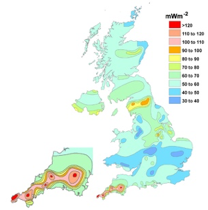
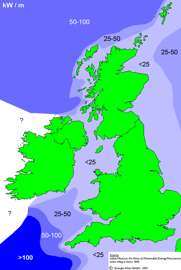

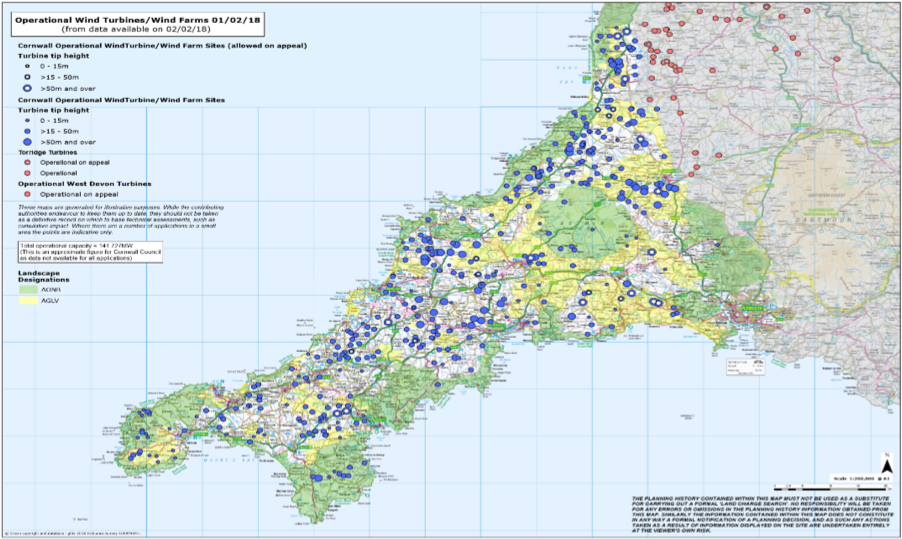
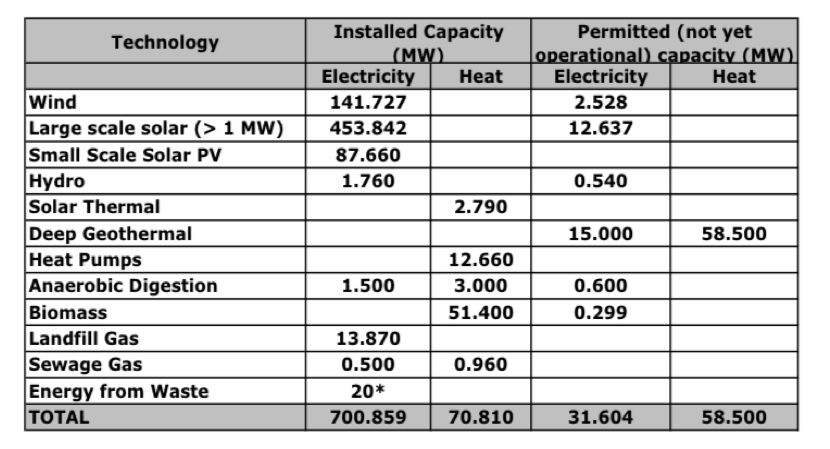 Figure 4: Renewable Energy
Figure 4: Renewable Energy